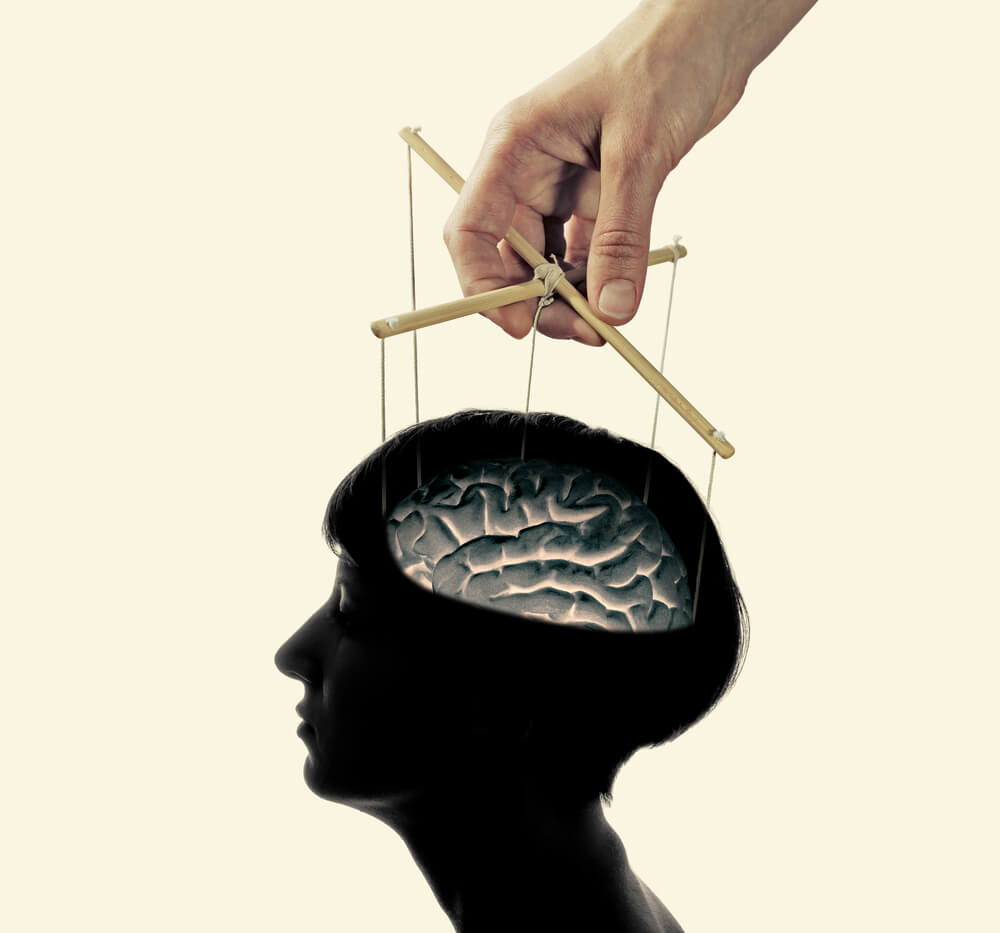Even if we don’t know his name, we owe an important contribution to Sylvain Timsit, who in 2002 formulated the 10 media manipulation strategies that political and economic powers use to massively control citizens. remains a very powerful and current argument.
This work is considered a classification of mass manipulation maneuvers and aims, according to the author, to create docile, sumissive and obedient individuals, as well as bring out capitalism, inequality and neocapitalism.
- Timsit’s publication went viral in minutes.
- Erroneously attributing his paternity to the American writer Noam Chomsky.
- Although it is true that there are certain contributions of Chomsky’s thinking in hypotheses.
- Particularly in relation to the critical analysis of the role of the media in society.
- The 10 media manipulation strategies put forward by the French writer are:.
“In a totalitarian state, it doesn’t matter what people think, as long as the government can control them by force, using carry-ons. But when you can’t control people by force, you have to control what people think, and the typical form of that’s advertising?Noam Chomsky?
Distraction is being able to divert public attention from important issues, such as disseminating distracting information and reporting on mundane or less socially relevant topics.
The goal is to distract and occupy people’s minds, in this way individuals end up getting carried away by what these means offer, they stop wondering why certain information is not disclosed and end up forgetting about real social problems.
Is this method equivalent to launching one?in politics, that is, it is to test the population by spreading rumors or ideas to assess how they would be received by individuals.
Its media format consists of creating a problem for quickly, depending on the public’s response, solving it and thus imposing itself as social saviors.
It seeks to manipulate citizens into accepting socially unfair decisions, which is done gradually, little by little and over the years.
For example, if the goal is to remove 80% of the workforce of a large public company, the medium that owns this information will incorporate negative news about it (lower sales, lower stock exchange, acquisition rumors?). Thus, little by little, it sensitizes and prepares citizens for “great news”. If they took the hit right away, they could provoke a social revolt.
Another strategy of manipulation of the media by Timsit is to present unpopular decisions such as ‘necessary’, ‘for a better future’ or ‘for our own good’. Naively, they make the public believe that citizens’ sacrifices will in fact translate into a significant improvement in the future.
As a result, individuals become accustomed to living unsatisfactory and usually end up normalizing their marginality situation. In the future, the population will already be resigned and unable to claim what they fought for in the first place.
The greater the intention of manipulating individuals, the more one chooses to use a childish tone, in many cases the media addresses the audience as if they were children, using soft arguments, characters or intonations that treat people as if they were unsent or mentally weak. The aim is, as we said at the beginning, to provoke an equally submissive and docile reaction in the population, without traces of critical sense.
The emotional aspect is much more powerful than a purely objective and own reflection, the media appeals to this emotional and sensitive dimension that we all carry in us.
In this way, they affect the critical sense of all citizens and control their reasoning. Remember how powerful fear is and how you can mobilize people for a supposedly “greater” cause.
For the French writer, the media prefers an audience away from intellectuals and culture, keeping it isolated from all kinds of knowledge and knowledge allows it to be manipulated more easily, preventing it from adopting attitudes of insubordination or rebellion.
Closely linked to the previous one, it is one of the most unnoticed media manipulation strategies: do the programs offered by television correspond to the tastes of citizenship or are they imposed by the media?In other words, do we see what we want or what they want us to see?
For Timsit, it is very obvious: we live hypnotized by consumerism and banality, we are not concerned about what happens around us because we are moved by complacent mediocrity.
While educating us in ignorance, the media makes us believe that we are solely responsible for our misfortunes and that our weak capacity makes us unhappy and failed people, they want us to incriminate and blame each other. They therefore inactivate social mobilization.
In order to control you have to know, and the current oligarchy has taken care of it perfectly. For the French author, psychological, social and technological advances allow large companies to know how each person breathes. The system knows us and, thanks to this power, manages to exercise the most convenient manipulation at all times.
This decalogue with Timsit’s media manipulation strategies is one of the most widely used today to study electrical systems Do you know any other method of mass population control that are being used by the media today?

